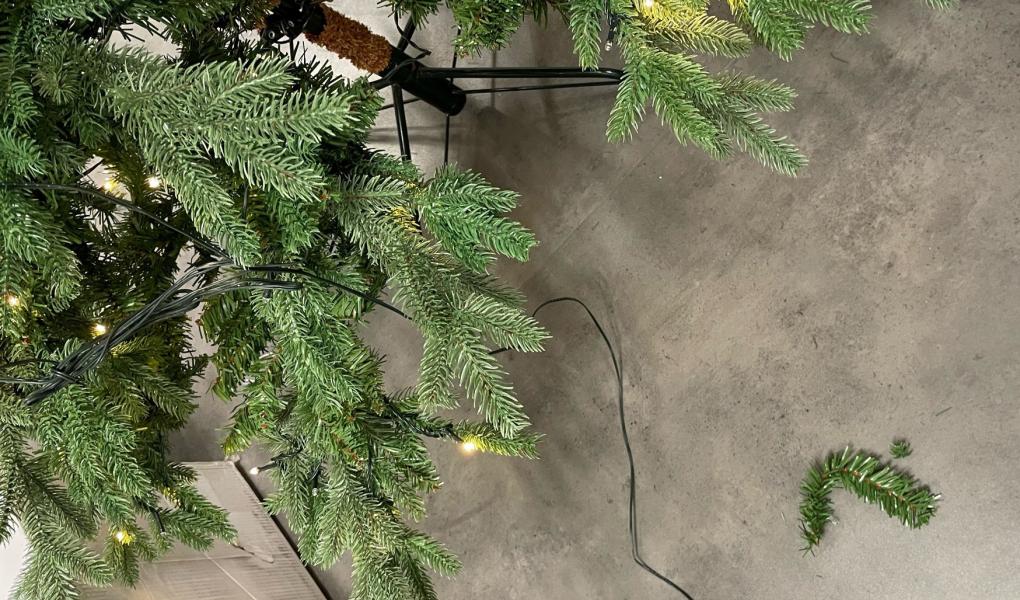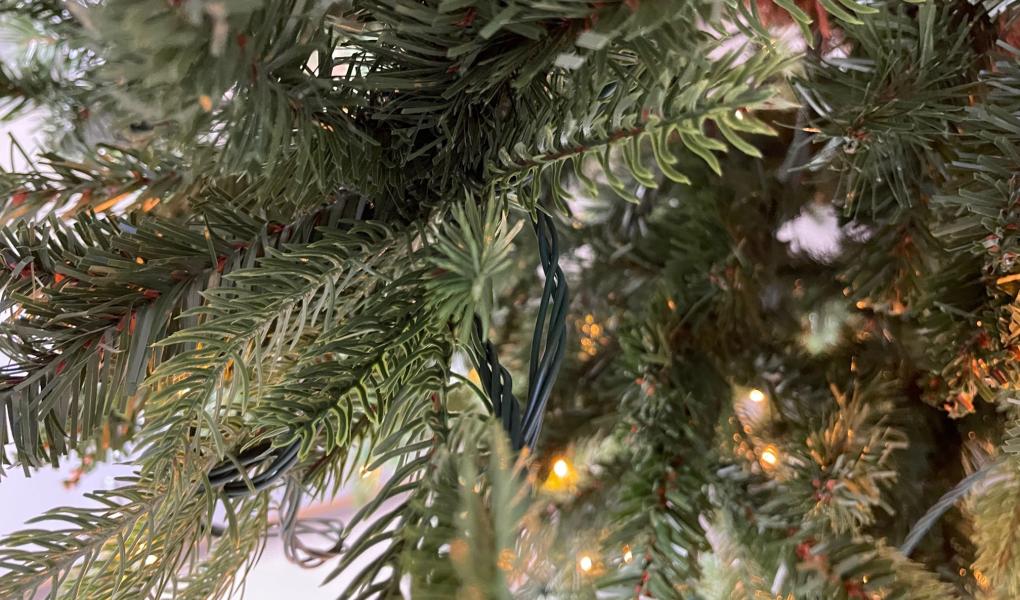Testfakta Research has, on behalf of Rusta, conducted a laboratory test of artificial Christmas trees. The purpose of the test is to evaluate the quality and performance of Rusta’s Chamonix Christmas tree, priced at 2 000 SEK. To obtain a relative understanding of the model’s quality and performance, it has been tested and evaluated together with the following two comparable products on the market:
Star Trading, Brekstad Christmas tree (3 150 SEK)
Jula, EKVIP Christmas Tree (2 200 SEK)
The requirements for Testfakta’s quality marking are stringent. To meet the criteria for the quality mark, the Christmas tree must perform well overall and not underperform in any single test aspect. The quality seal Verified thereby guarantees that the product maintains a consistently high quality.
The laboratory tests were carried out by Eurofins ATS in Aix-en-Provence, France. The Christmas trees have been documented and evaluated with regard to the following parts:
• Measurement of weight, height and diameter
• Documentation of construction, details and technical features
• Test and evaluation of stability and safety
• Measurement of lighting energy consumption
• Test and evaluation of quality and durability
• Test and evaluation of user-friendliness (assembly and disassembly)
• Assessment of appearance (realistic rendition)
After the tests were completed, the laboratory summarizes that Rusta’s tree combines good quality and function with easy assembly and a realistic appearance. Rusta’s tree is lush and dense with plentiful branching, and it has an almost natural look. Stability is good and it has approved fire safety. In comparison, it was the fastest to unpack and assemble (approx. 8 minutes), and the quality of the tree after three assemblies and disassemblies is still good. The tree’s lighting consumption was measured at 4 W/h, which can be considered low in comparison. In total, Rusta’s tree receives a score of 8, and thus obtains Testfakta’s Verified mark.
Facts about the test
The laboratory tests were carried out by Eurofins ATS in Aix-en-Provence, France. The tests are based on official standards and the laboratory’s internal methods. The Christmas trees have been documented, tested and evaluated with respect to the following parts:
Measurement of weight, height and diameter: The tree’s total weight including its stand, height including stand, and the tree’s diameter at the base.
Documentation of construction, details and technical features: Number of sections, number of branches, number of LED lights, and technical functions of the tree’s lighting (adjustable lighting features and on-off switch).
Test and evaluation of stability and safety: The tree’s stability at 10° tilt (according to standard EN 71-1), sharp or pointed details on branches (according to standard NF S 54-200), and a fire safety test of the material (according to standard EN 71-2).
Measurement of lighting energy consumption: Energy consumption was measured over three hours and is given as watts per hour. All test subjects show very low consumption and operating costs are almost negligible.
Test and evaluation of quality and durability: Durability in the attachment of needles was tested by having five people rub the needles on a 20 cm long branch back and forth three times. Durability in the construction was tested by assembling, disassembling, and packing the tree five times by five different test persons.
Test and evaluation of user-friendliness: User-friendliness was evaluated in terms of the assembly instructions, how easy the tree is to assemble in practice, the time required to assemble, how easy it is to disassemble, and whether it can be returned to its original packaging. All aspects were tested and evaluated by a panel of five test persons who carried out each aspect three times.
Assessment of appearance (resembling a natural tree): The tree’s appearance and realistic rendering (closest to a natural tree) were judged by five test persons. The judgment covers branch color (needles), trunk design, density and distribution of branches, placement of branches, and visible cables for the LED lighting.
The test persons who took part in all assessment aspects are specialists from the laboratory with long experience and knowledge of product evaluation.
Interpretation and rating of the test result
The laboratory’s test results have been rated on a scale from 1 to 10, where 10 is best. Ratings under 6.0 are given only for results that may be considered poor or significantly worse than what one might expect of this type of product. The partial ratings for the different test aspects have been weighted into a total rating with the following weights:
Appearance 50 %
Lighting 20 %
Durability and safety 20 %
Assembly and disassembly 10 %
The requirements for Testfakta Verified Quality & Performance are that the product performs consistently well and does not underperform in any single test aspect.




